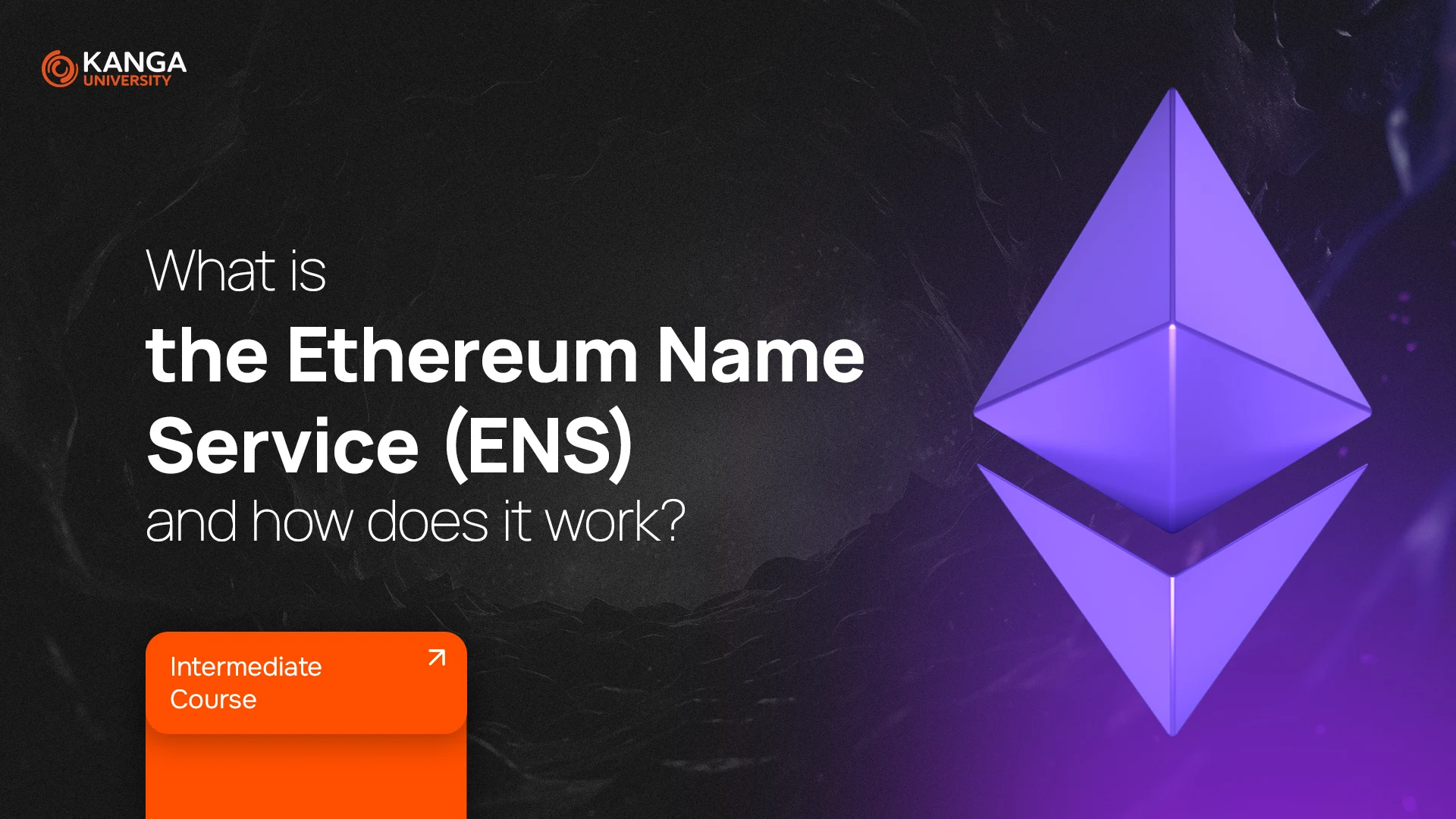
Ethereum Name Service (ENS) is a decentralized system for assigning names to wallets, websites, and other Web3-related services. By using ENS, you essentially get a decentralized domain that allows you to publish content or receive cryptocurrency payments more easily.
One of the main benefits of ENS is that it allows you to replace long, complex wallet addresses with a more user-friendly name. ENS domains are also issued as NFTs (Non-Fungible Tokens), meaning they can be transferred, traded, or used as digital assets.
Initially, ENS was part of the Ethereum Foundation, but it later became an independent project. The main developer behind ENS is Nick Johnson, and several key figures in the blockchain industry have contributed to the ecosystem, including:
- Sergey Nazarov (Chainlink)
- Dan Finlay (MetaMask)
- Jason Carver & Martin Swende (Ethereum Foundation)
- Taylor Monahan (MyCrypto)
How Does Ethereum Name Service Work?
ENS functions like a traditional domain name system (DNS) but in a decentralized manner. This makes it a perfect solution for the Web3 ecosystem.
Just as DNS assigns human-readable domain names to IP addresses, ENS replaces long cryptographic addresses with easy-to-read names. ENS domains end with “.eth”, making them easily recognizable within the Ethereum ecosystem.
ENS operates using smart contracts, which ensure that domain ownership and management are secure and transparent. The system is composed of two key elements:
1. The ENS Registry
This smart contract keeps track of all ENS domains and subdomains. It stores important information, including:
- The owner of the domain.
- The resolver address (which translates names to addresses).
- The ability to transfer or modify ownership of subdomains.
Domain owners in the ENS registry can:
- Transfer ownership of subdomains.
- Assign resolvers and Time-To-Live (TTL) values for their domains.
- Transfer domain ownership to another wallet.
2. The Resolver
The resolver is responsible for translating ENS names into blockchain addresses. Any smart contract that meets ENS standards can serve as a resolver.
How to Register an ENS Domain?
Registering an ENS domain is a simple and straightforward process:
- Go to the ENS official website – app.ens.domains.
- Search for your desired domain – Check if it’s available.
- Follow the instructions to complete the registration.
- Connect your MetaMask wallet to finalize the process.
The only requirement for registration is a MetaMask wallet or another compatible Ethereum wallet.
How Is ENS Governed?
Ethereum Name Service is managed by multiple entities, ensuring its decentralized and transparent operation.
1. The ENS Token
ENS uses an ERC-20 governance token, which allows token holders to vote on network proposals. All discussions and governance decisions take place on the forum discuss.ens.domains.
2. ENS DAO (Decentralized Autonomous Organization)
ENS is managed by a DAO, meaning that decisions are made collectively by ENS token holders rather than a centralized authority.
3. ENS Foundation
This foundation represents the ENS DAO and is responsible for:
- Signing contracts with external companies.
- Protecting users and community interests.
- Managing ENS DAO operations.
- Overseeing the administrative aspects of ENS.
Why Is ENS Better Than Traditional Domains?
ENS offers several advantages over traditional domains, especially in terms of security and decentralization.
- Decentralized Hosting – ENS domains can be linked to IPFS (InterPlanetary File System), making them fully decentralized and censorship-resistant.
- Web3 Identity – Users can create customized profiles that link their ENS names to Twitter, personal information, and other on-chain activities.
- Better Security – ENS runs on the Ethereum blockchain, making it more secure than traditional DNS systems, which are vulnerable to hacking.
- Error Prevention – ENS immediately alerts users if they enter an incorrect or non-existent domain, reducing the risk of phishing scams.
Summary
Ethereum Name Service (ENS) is an innovative solution in the crypto space. Its primary goal is to improve user experience by replacing complex wallet addresses with easy-to-remember names.
Since mistyped wallet addresses can result in irreversible loss of funds, ENS provides a safer and more efficient way to interact with the blockchain.
Key Takeaways:
- ENS allows users to register human-readable domain names for their wallets and dApps.
- ENS domains function as NFTs, making them transferable and tradeable.
- ENS is governed by a DAO and ENS token holders can vote on network decisions.
- ENS offers better security and decentralization compared to traditional domain name systems.